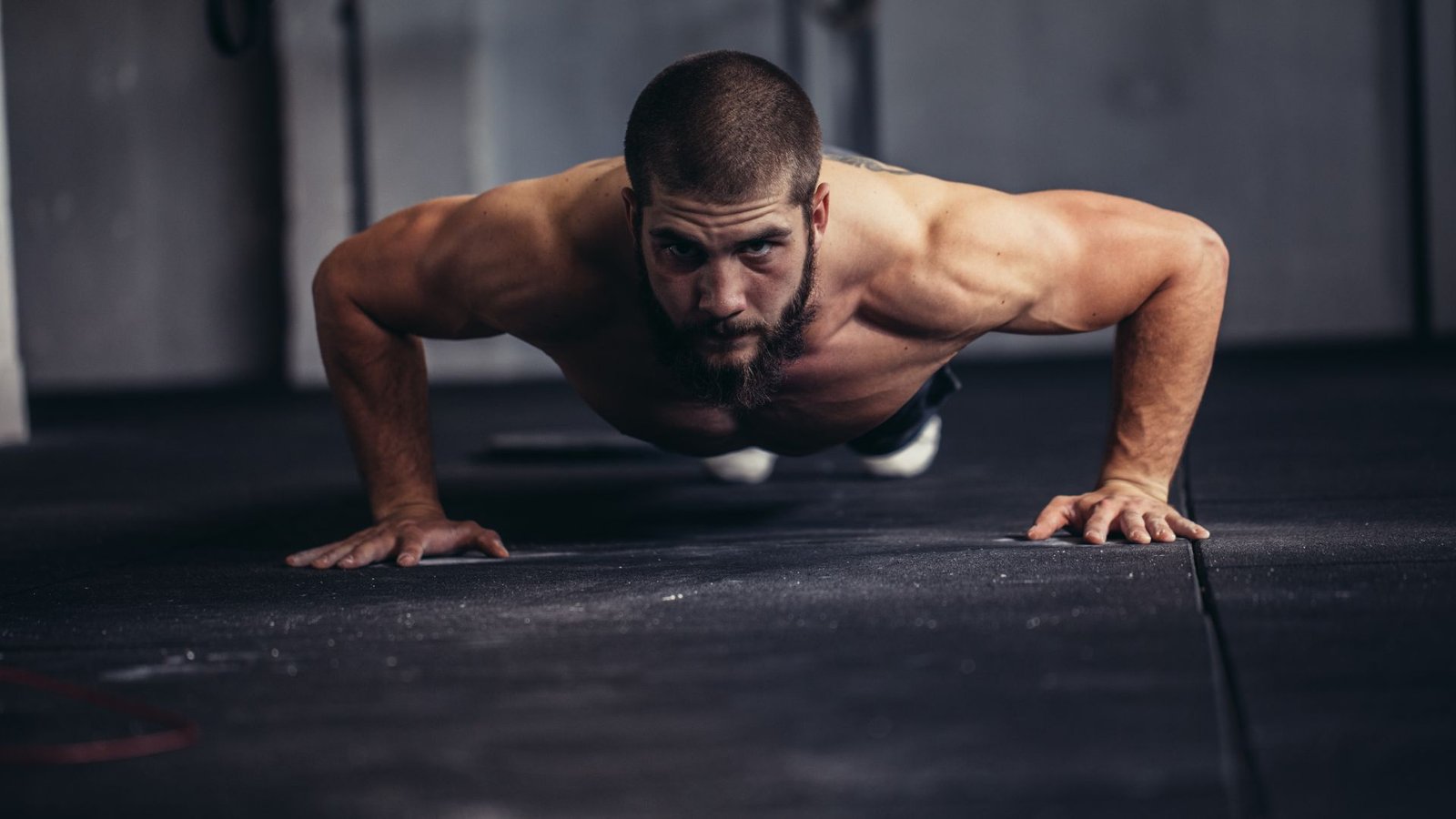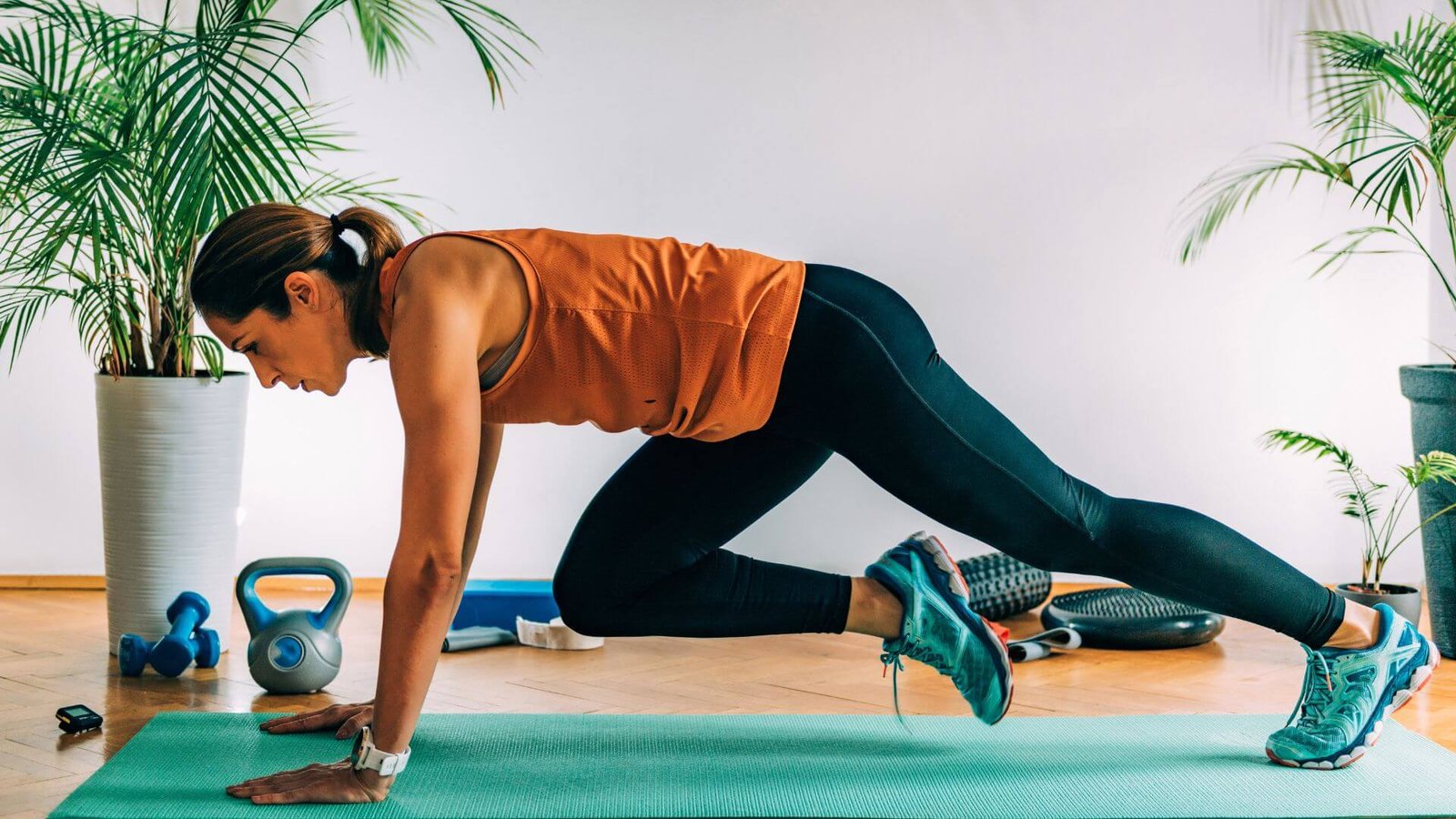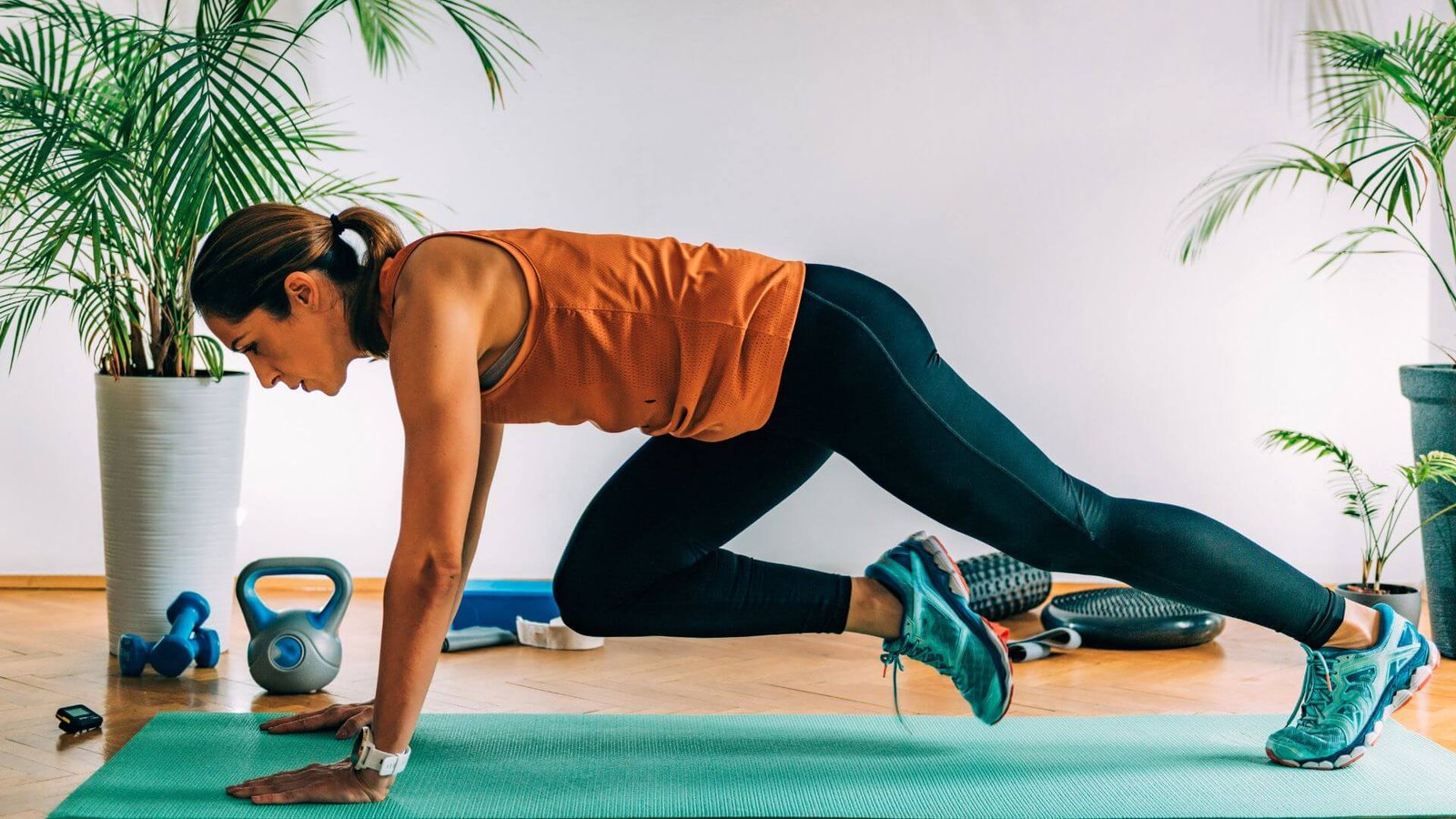Training Lower abs are the foundation of a strong core, playing a crucial role in stability, posture, and overall athletic performance. Training this often-overlooked area not only helps you achieve a lean, toned look but also enhances functional strength for daily activities and sports.
Benefits of Training Lower Abs
- Core Strength: Builds a solid foundation for balance and stability.
- Improved Athletic Performance: Supports explosive movements like jumping and sprinting.
- Injury Prevention: Strengthens muscles that protect your lower back.
- Aesthetic Appeal: Helps sculpt a flat, defined stomach.
Effective Training Lower Abs Exercises
1. Leg Raises
Lie on your back with your legs straight.
Slowly lift your legs to a 90-degree angle, then lower them without letting them touch the floor.
Pro Tip: Keep your lower back pressed into the ground.
2. Reverse Crunches
Start by lying flat with your knees bent at 90 degrees.
Lift your hips off the floor, bringing your knees toward your chest.
Pro Tip: Focus on using your abs, not momentum.
3. Flutter Kicks
Lie on your back and place your hands under your hips for support.
Lift your legs slightly off the ground and alternate small, quick kicks.
Pro Tip: Engage your core and breathe steadily.
4. Hanging Leg Raises
Hang from a pull-up bar with your arms fully extended.
Raise your legs straight up to form an L-shape, then lower them slowly.
Pro Tip: Bend your knees if needed for a modified version.
5. Mountain Climbers
Start in a plank position.
Alternate driving your knees toward your chest in a quick, running motion.
Pro Tip: Keep your hips low and core tight throughout the movement.
Training Lower Abs Workout Plan
Warm-Up (5 Minutes):
- Perform light cardio (e.g., jumping jacks or high knees) and dynamic stretches for the hips and core.
Main Workout:
- Leg Raises: 3 sets of 12–15 reps.
- Reverse Crunches: 3 sets of 10–12 reps.
- Flutter Kicks: 3 sets of 20–30 seconds.
- Mountain Climbers: 3 sets of 30–45 seconds.
- Hanging Leg Raises: 2 sets of 8–10 reps.
Cool Down (5 Minutes):
- Stretch with cobra pose, child’s pose, and seated forward folds to relax your core muscles.
Tips for Lower Abs Success
- Master Your Form: Focus on quality over quantity to avoid straining your back.
- Engage Your Core: Keep your abs tight during every movement.
- Avoid Overarching: Press your lower back into the ground to maintain proper alignment.
- Combine with Cardio: Reduce overall body fat to reveal the muscle definition of your abs.
- Stay Consistent: Train your lower abs 2–3 times a week for the best results.
Stronger Abs, Stronger You
Training your lower abs is about more than aesthetics—it’s about building a core that supports your body and boosts your performance. By incorporating targeted exercises and staying consistent, you can achieve a strong, stable, and defined core.
Start training your lower abs today and feel the difference in strength and confidence!










